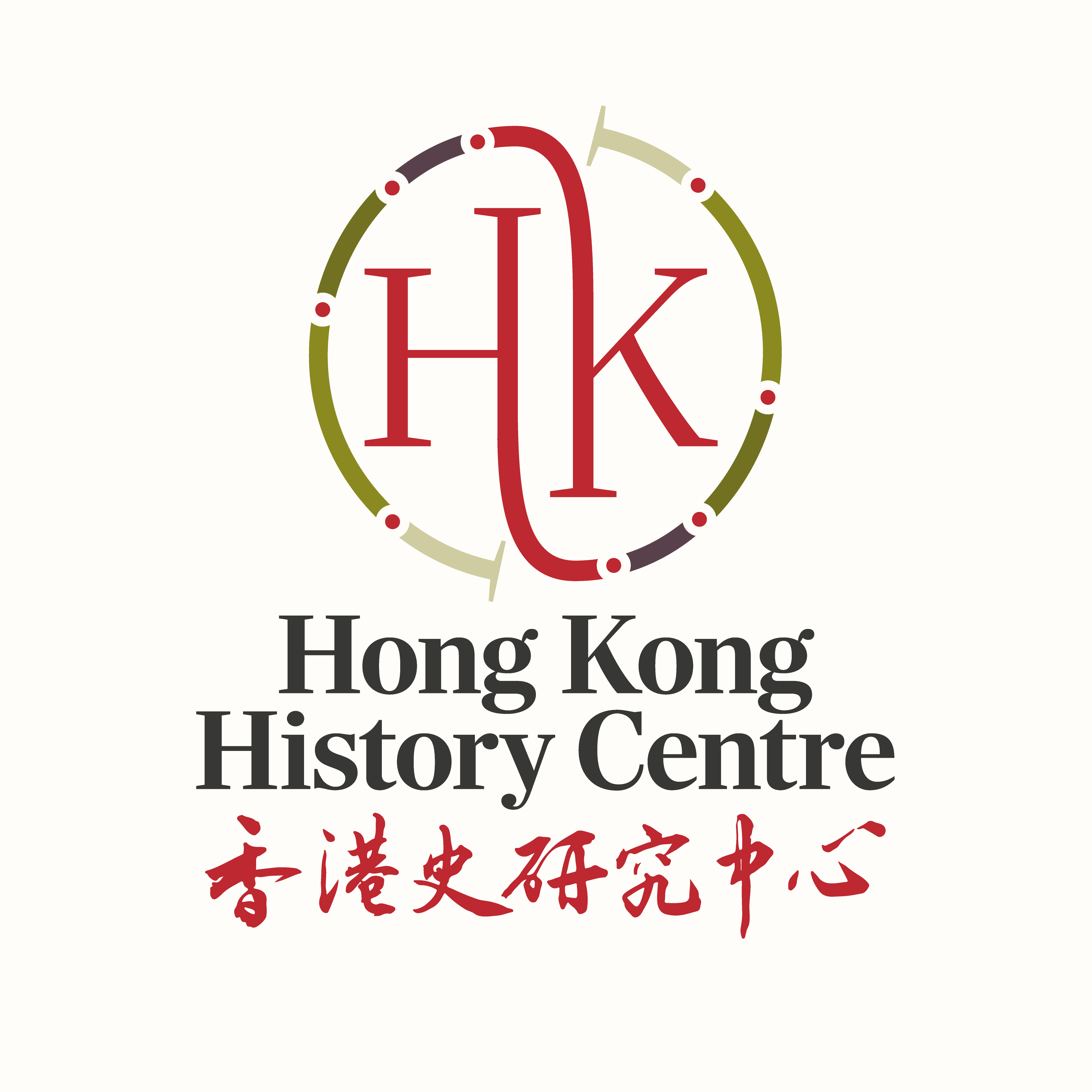
By Vaudine England
If talking about race has been hard, how much harder has it been to accept that racism in statecraft has never been the sole preserve of white people. Not only Western imperialists have been racist; the Chinese …
20/04/16
By Vaudine England
Looking at how other colonies’ histories have tackled the topic of Eurasians gives useful clues to how researchers might tackle Hong Kong’s Eurasians.
An early effort looking at South East Asia was Virginia Thompson and Richard Adloff’s …
02/10/15By Vaudine England
If talking about race has been hard, how much harder has it been to accept that racism in statecraft has never been the sole preserve of white people. Not only Western imperialists have been racist; the Chinese …
20/04/16By Vaudine England
Looking at how other colonies’ histories have tackled the topic of Eurasians gives useful clues to how researchers might tackle Hong Kong’s Eurasians.
An early effort looking at South East Asia was Virginia Thompson and Richard Adloff’s …
02/10/15